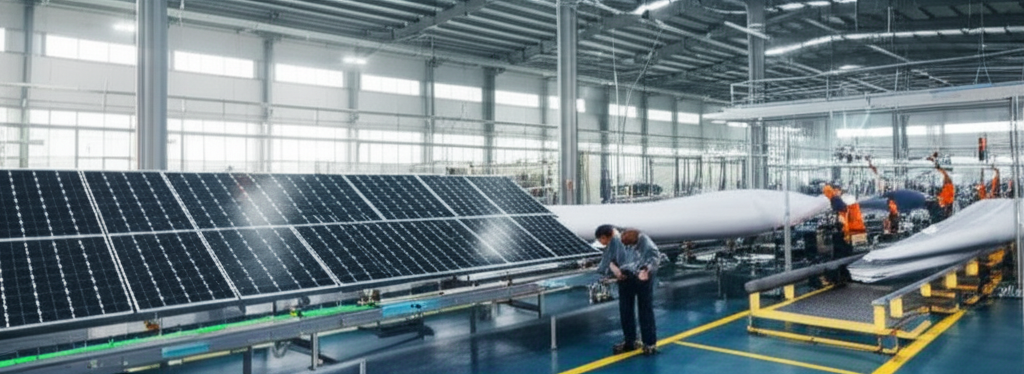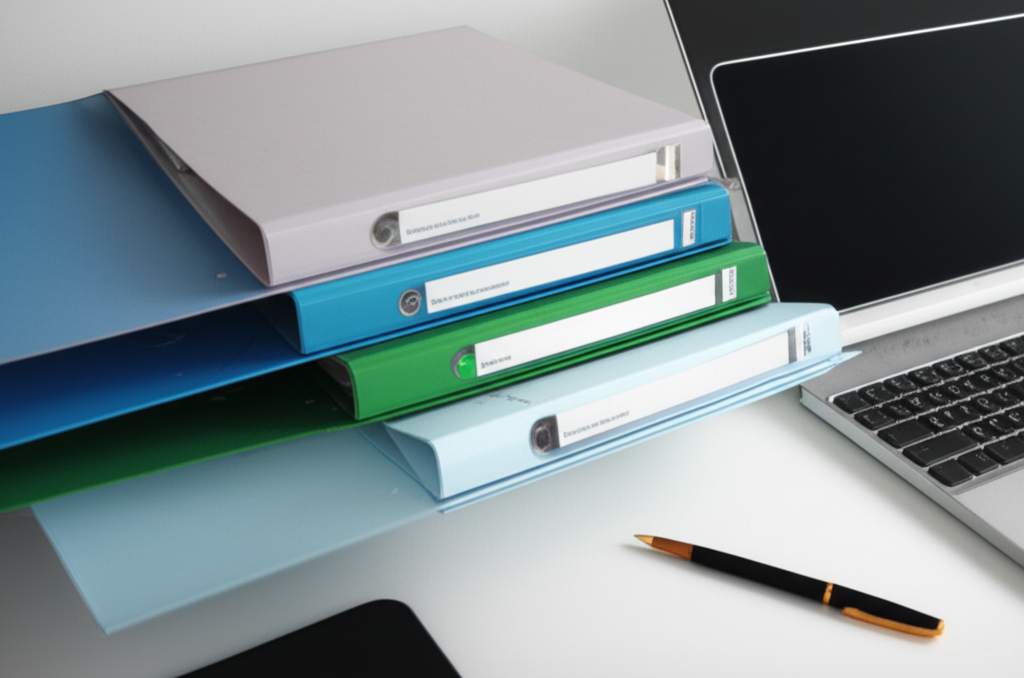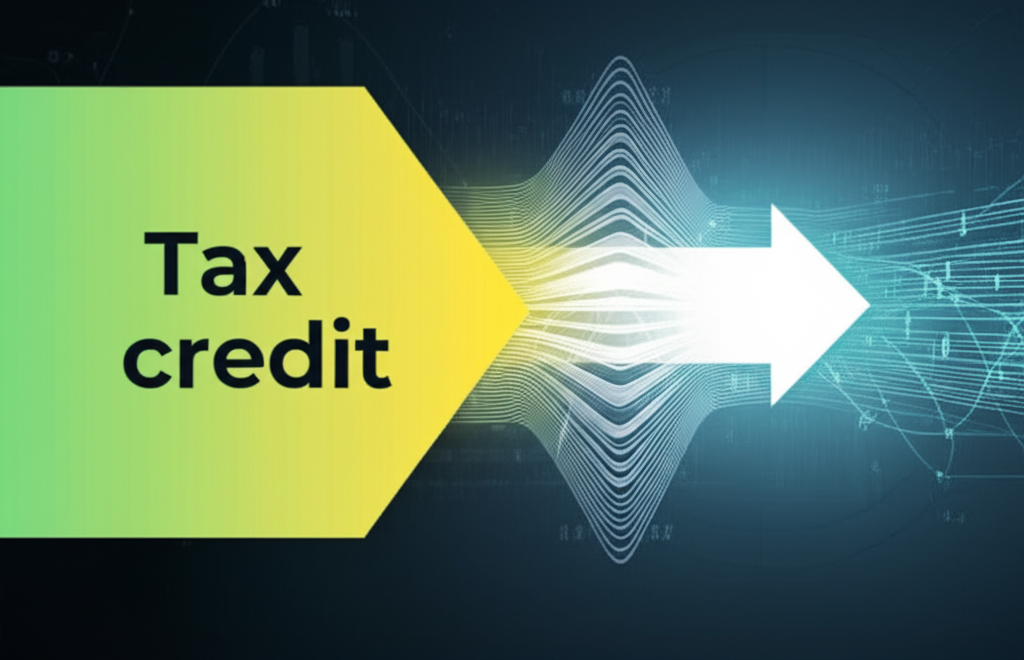Complete Guide to Section 45X Tax Credits

Sarah Johnson
Tax Credit Specialist

Introduction to Section 45X
Section 45X of the Internal Revenue Code, introduced by the Inflation Reduction Act (IRA) of 2022, provides a production tax credit for U.S. manufacturers of clean energy components. This incentive aims to strengthen domestic supply chains, create jobs, and accelerate the transition to clean energy by making it financially attractive to manufacture key components in the United States.
The Section 45X Advanced Manufacturing Production Credit offers significant financial incentives for manufacturers of clean energy components, with credit amounts varying based on the specific component produced. This comprehensive guide will walk you through everything you need to know about Section 45X tax credits, from eligibility requirements to maximizing your benefits.
Eligibility Requirements
To qualify for Section 45X tax credits, manufacturers must meet several key criteria:
- U.S. Manufacturing Requirement: Production must occur within the United States at a qualified manufacturing facility. The facility must be owned or leased by the taxpayer claiming the credit.
- Eligible Component Production: Manufacturers must produce qualifying clean energy components as defined in the IRS guidance. Components must meet specific technical specifications and quality standards.
- Sale to Unrelated Party: Components must be sold to an unrelated party or used in the taxpayer's trade or business. Related-party transactions may be subject to additional scrutiny and requirements.
- Comprehensive Documentation: Manufacturers must maintain detailed records of production volumes, sales, technical specifications, and other relevant information to substantiate credit claims during IRS audits.
- Proper IRS Filing: Credits must be properly claimed on federal tax returns with all required forms and schedules. For credit transfers, additional documentation and reporting is required.
Eligible Components and Credit Amounts
Section 45X provides specific credit amounts for various clean energy components:
Solar Components
- Solar Modules: $0.07 per watt
- Solar Cells: $0.04 per watt
- Solar Wafers: $12 per square meter
- Solar Grade Polysilicon: $3 per kilogram
- Polymeric Backsheets: $0.40 per square meter
Wind Components
- Blades: $0.02 per watt
- Nacelles: $0.05 per watt
- Towers: $0.03 per watt
- Offshore Wind Foundations: $0.02 per watt
Battery Components
- Battery Cells: $35 per kWh
- Battery Modules: $10 per kWh (or $45 per kWh if no credit claimed for cells)
- Critical Minerals: 10% of production costs
- Electrode Active Materials: 10% of production costs
Transferability and Direct Pay Options
One of the most significant features of Section 45X is the transferability of the tax credits. This allows manufacturers to monetize credits even without sufficient tax liability. The IRA provides two key mechanisms:
Transferability
Eligible taxpayers can transfer all or a portion of their Section 45X credits to an unrelated taxpayer in exchange for cash. This transfer must be reported to the IRS, and the payment received is not included in the transferor's gross income and not deductible by the transferee.
Direct Pay
Certain tax-exempt entities, including state and local governments, Indian tribal governments, and tax-exempt organizations, can elect to receive direct payments equal to the amount of the credit they would otherwise be eligible for. This "direct pay" option effectively makes the credit refundable for these entities.
Documentation Requirements
Proper documentation is crucial for substantiating Section 45X credit claims. Manufacturers should maintain:
- Production records detailing quantities, dates, and specifications
- Sales invoices and contracts
- Technical specifications and quality control documentation
- Facility ownership or lease documentation
- Cost accounting records for components with cost-based credits
- Transfer documentation for transferred credits
Timeline and Phase-out
Section 45X credits are available for components produced and sold after December 31, 2022. The credits begin to phase out in 2030 and are reduced by 25% each year until they expire after 2032. This creates a limited window of opportunity for manufacturers to maximize their benefits.
Maximizing Your Section 45X Benefits
To maximize your Section 45X benefits, consider these strategies:
- Strategic Production Planning: Align production schedules to maximize credit-eligible output before phase-out begins.
- Comprehensive Documentation Systems: Implement robust tracking and documentation systems from the start.
- Credit Transfer Planning: Develop a strategy for transferring credits if your tax liability is insufficient.
- Integrated Tax Planning: Coordinate Section 45X credits with other available incentives like the Section 48C manufacturing credit.
- Expert Consultation: Work with tax professionals experienced in clean energy incentives to ensure compliance and optimization.
Conclusion
Section 45X represents a significant opportunity for U.S. manufacturers of clean energy components. By understanding the eligibility requirements, credit amounts, and strategic considerations, manufacturers can maximize their benefits while contributing to the growth of domestic clean energy supply chains.
As with any tax incentive, it's essential to consult with qualified tax professionals to ensure compliance with all requirements and to develop a strategy tailored to your specific circumstances.
Disclaimer: This article provides general information about Section 45X tax credits and is not legal or tax advice. Please consult a qualified tax professional before making credit claims or tax filings.

About Sarah Johnson
Tax Credit Specialist
Sarah is a tax credit specialist with over 10 years of experience in clean energy incentives. She helps manufacturers navigate complex tax credit programs and maximize their benefits while ensuring compliance.
Related Articles

Documentation Best Practices for Section 45X Compliance
Read Article
How to Transfer Section 45X Tax Credits: A Step-by-Step Guide
Read ArticleMaximizing Tax Credits for Solar Component Manufacturing
Read ArticleStay Updated on Section 45X Developments
Subscribe to our newsletter to receive the latest updates, insights, and guidance on Section 45X tax credits and clean energy manufacturing.